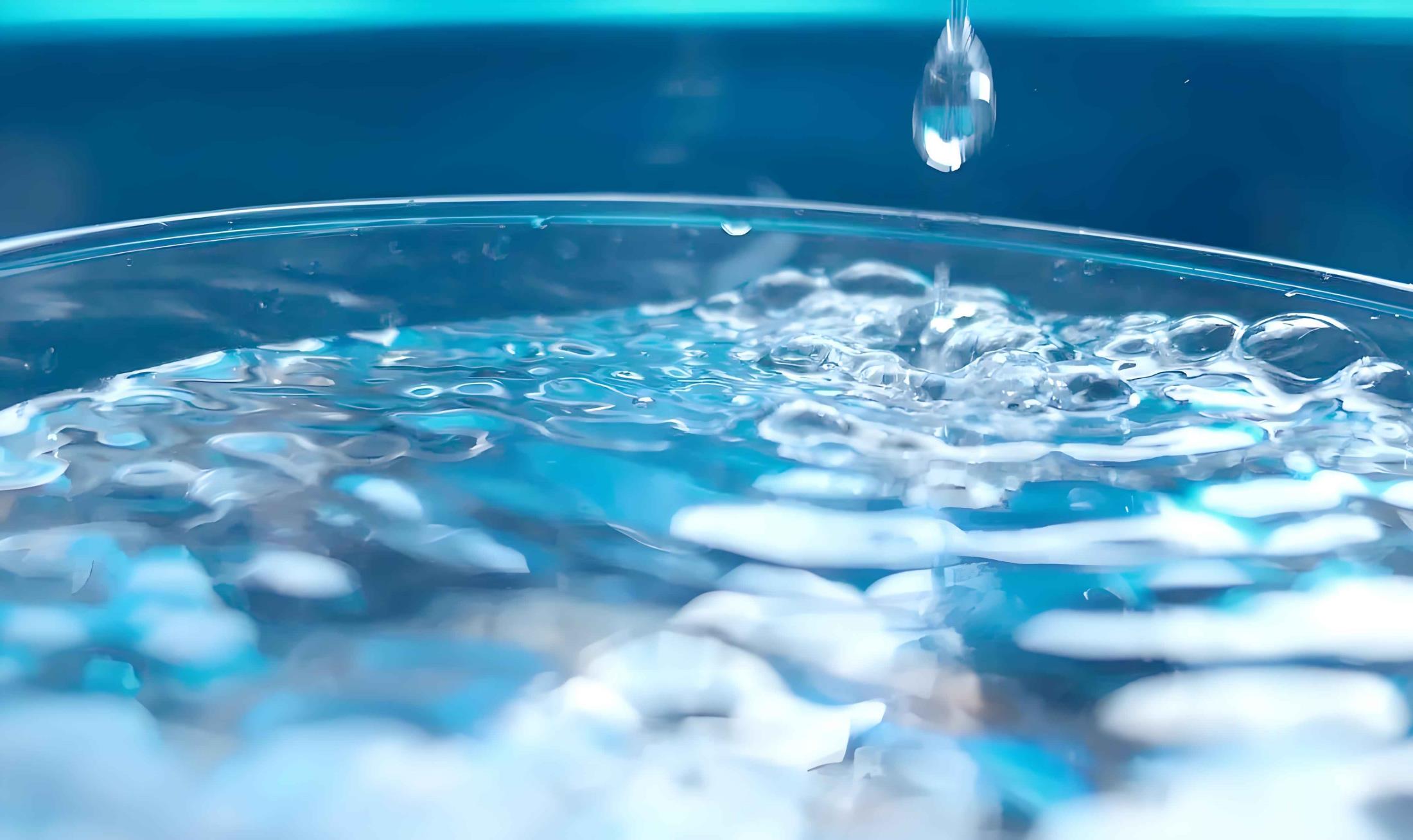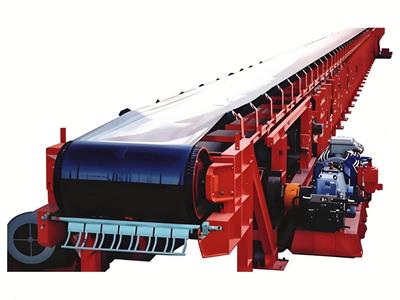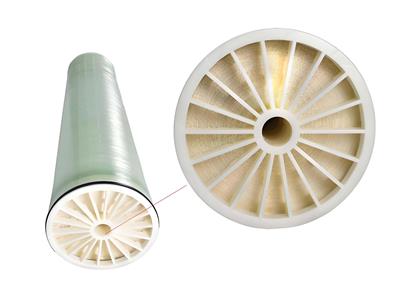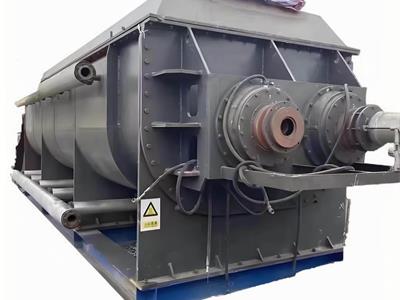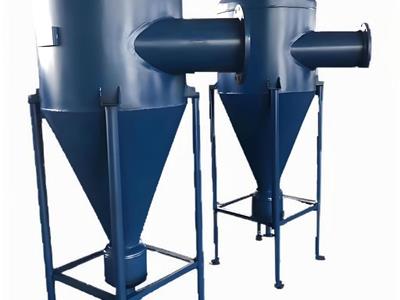- 2025-07-22
Recycled water treatment
Recycled water classification application standards
Industrial cooling water: conductivity ≤500μS/cm, COD ≤30mg/L
Landscape environment water: total nitrogen ≤15mg/L, fecal coliform ≤1000/L
Urban miscellaneous water: turbidity ≤5NTU, LAS ≤1.0mg/L
Supplementary water source: meet Class III of the "Surface Water Environmental Quality Standard"
Core treatment process system
1. Deep treatment unit
Membrane bioreactor (MBR)
Hollow fiber membrane (pore size 0.1μm)
Sludge concentration maintained at 8000-12000mg/L
Dual membrane integrated process
Ultrafiltration pretreatment (molecular weight cutoff 100,000 Daltons)
Reverse osmosis fine treatment (desalination rate ≥98%)
2. Disinfection guarantee system
Ultraviolet disinfection unit (254nm, dose 80mJ/cm²)
Sodium hypochlorite auxiliary disinfection (residual chlorine 0.5-1.0mg/L)
Ozone contact tower (contact time ≥12 minutes)
Key points of engineering optimization control
Water quality grading utilization:
Establish a water supply network with different qualities (dual system for edible and non-edible)
Toilet flushing water only requires sand filtration + disinfection (energy consumption per ton of water 0.3kWh)
Energy recovery design:
Reverse osmosis concentrated water residual pressure power generation (pressure>0.6MPa)
Aeration system uses magnetic levitation wind Machine (energy saving rate ≥ 30%)
Environmental benefit quantitative data
Water resource saving rate: 60-75% (taking the actual measurement of the electronics factory as an example)
Ecological water withdrawal reduction: 5000m³/10,000 tons of sewage protected daily
Carbon emission reduction efficiency: 1 ton of recycled water reduces CO₂ emissions by 0.35kg compared with long-distance water transfer
Key technical parameters
MBR membrane flux control: 20-25LMH (constant flow operation mode)
Recycled water reuse rate: industrial cooling system ≥ 95%
System operation energy consumption: 1.1-1.8kWh/ton of water (including transportation energy consumption)

